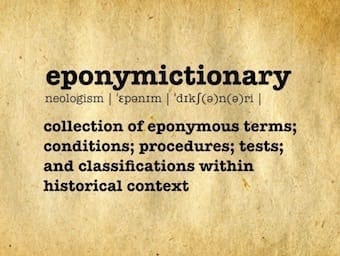
Lasègue test
Description What is the actual eponymous medical sign/syndrome/repair/classification… History 1864 Lasègue 1880 Lazarević 1881 J. J. Forst the patient is placed on the bed in supine position, and we take the foot of the affected limb in one hand… holding…
